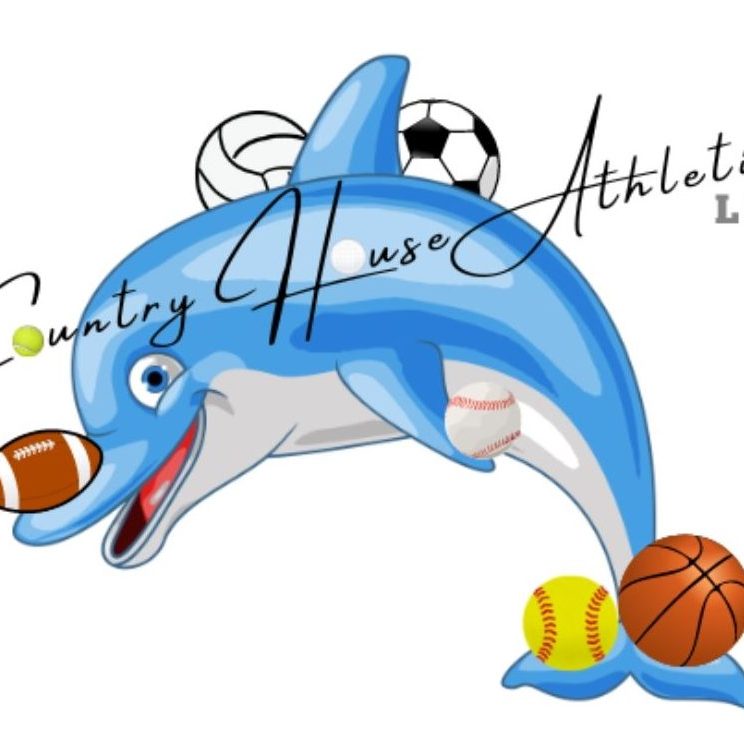A few weeks ago here at Country House Athletics, we put together a very general blog post talking about protecting the arms of young overhead throwing athletes. If you have a young athlete who plays baseball, softball, volleyball, or swims competitively, you’ve probably heard about a number of shoulder injuries. One of the most common—and preventable—injuries that youth athletes face within the shoulder is a condition called rotator cuff impingement.
What is the Rotator Cuff?
The rotator cuff is a group of four small muscles in the shoulder that play a huge role in both stabilizing and moving the arm. These muscles work together to keep the shoulder joint secure and allow for smooth movement, especially during overhead motions like throwing, serving a volleyball, or swimming. When these muscles become irritated or compressed, it can lead to pain and decreased performance, a condition known as rotator cuff impingement.
What Causes Rotator Cuff Impingement?
Rotator cuff impingement is often the result of repetitive overhead motions, poor throwing mechanics, muscle imbalances, or inadequate rest and recovery. In young athletes, these factors are amplified when they specialize too early, play year-round without breaks, or neglect proper warm-ups and strengthening exercises.
Signs and Symptoms to Watch For
Parents should be on the lookout for the following signs that may indicate rotator cuff impingement in their young athlete:
- Pain in the front or side of the shoulder when throwing or raising the arm
- Decreased throwing velocity or a noticeable change in mechanics
- Weakness or fatigue in the shoulder during activity
- Difficulty sleeping due to shoulder discomfort
- Pain with simple activities, like reaching behind the back or putting on a shirt
Prevention and Scapular Stability
Preventing rotator cuff impingement requires a combination of proper mechanics, strengthening key muscles, and avoiding overuse. We covered many of these strategies in an earlier blog post, which you can revisit here.
One key component often overlooked is scapular stability. The scapula, or shoulder blade, provides the foundation for proper shoulder movement. Weakness or poor control of the scapular muscles can lead to improper mechanics and increased strain on the rotator cuff. Incorporating exercises that target scapular stability—such as scapular retraction, wall slides, and serratus anterior strengthening—can play a significant role in both prevention and rehabilitation.
When to Seek Professional Help
If your young athlete experiences persistent shoulder pain or a noticeable decline in performance, it’s important to consult an athletic trainer or sports medicine professional. Early intervention can prevent more serious injuries like labral tears or rotator cuff strains, which may require prolonged rehab or even surgery.
Final Thoughts
Rotator cuff impingement is a common but preventable issue in youth athletes. By ensuring proper mechanics, strengthening key muscles, and focusing on scapular stability, parents can help protect their child’s shoulder health and keep them in the game for years to come.
At Country House Athletics LLC, we’re committed to helping parents and athletes stay informed and proactive about sports injuries. If you found this post helpful, stay tuned for our next blog, where we’ll dive deeper into how to build a shoulder-friendly strength program for young overhead athletes!

No responses yet